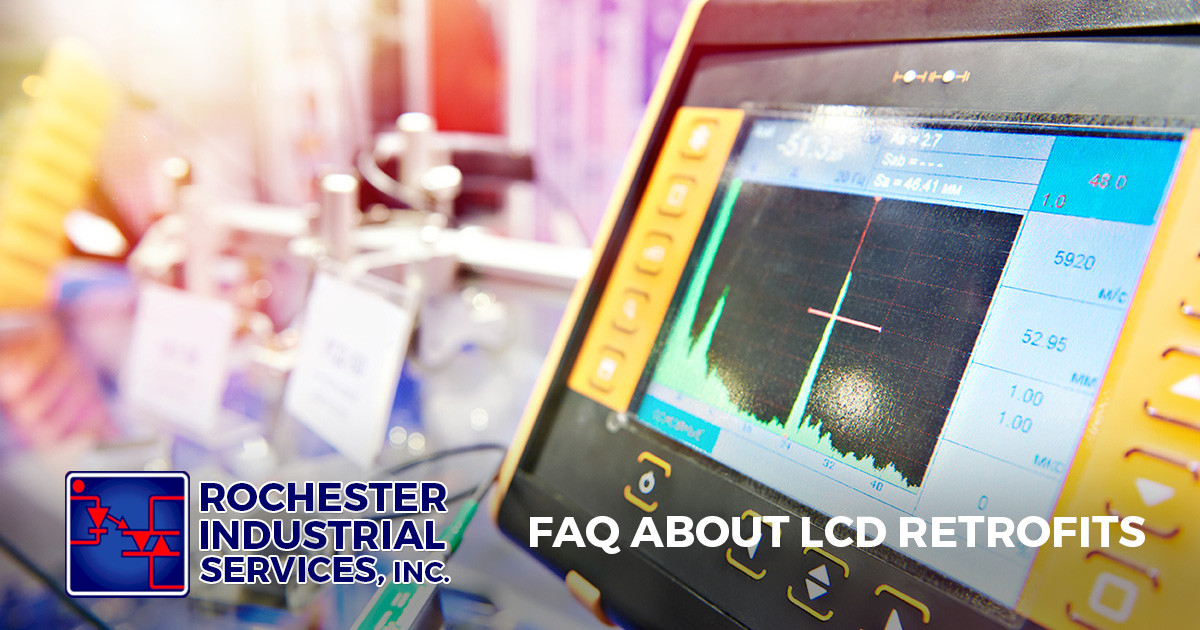July 5, 2022
Industrial technology is advancing at a dizzying pace. While some equipment has managed to stand the test of time, other models are in dire need of upgrades.
Such is the case for many human machine interface (HMI) screens. These once primarily involved cathode ray tubes (CRTs) have since shifted to liquid crystal displays (LCDs).
 Retrofits help Rochester businesses keep up with the pace of change. They aren't necessary in all situations, but are an increasingly compelling option for many enterprises. Keep reading to learn what this process involves and why it can prove so beneficial.
Retrofits help Rochester businesses keep up with the pace of change. They aren't necessary in all situations, but are an increasingly compelling option for many enterprises. Keep reading to learn what this process involves and why it can prove so beneficial.
When are LCD retrofits necessary?
CRTs remain perfectly functional for many HMIs, but there's something to be said for the better image quality and increased efficiency that LCDs provide. Retrofits make it possible to enjoy the benefits of LCDs without giving up on trusted machines.
What happens during an LCD retrofit?
During a typical retrofit, the CRT and other obsolete components are removed. These are replaced with LCDs and accompanying hardware. New power supplies and video interface boards may be required.
Why is DIY risky?
Never attempt an LCD retrofit on your own. The inherent complexity of these systems makes them notoriously difficult to understand — even for experienced tech DIYers. Not only will such attempts to upgrade produce inferior results, but hazards abound. It's always safer to get an expert on the scene.
At Rochester Industrial Services, we are pleased to provide LCD retrofit services. Contact us today to learn more about our targeted approach to upgrading CRTs.


